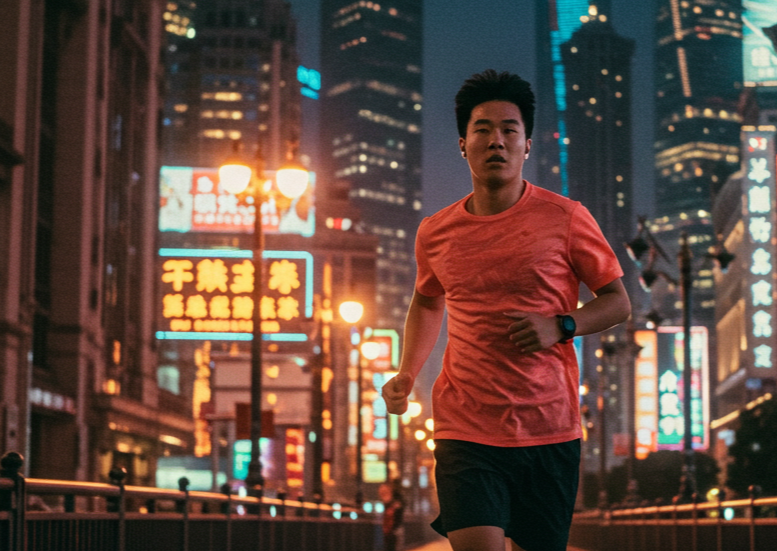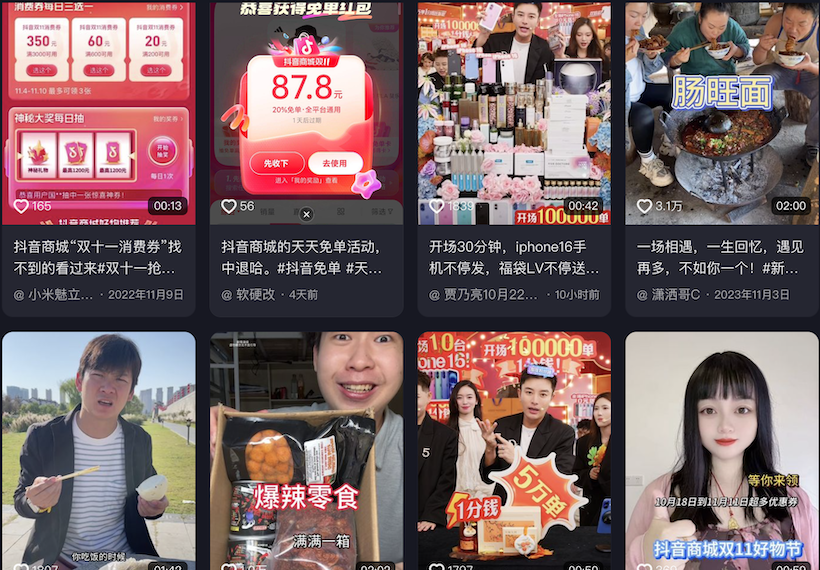Successfully localising your visuals is essential when establishing your brand in China. Beyond language barriers and cultural differences, adapting your visual content is a critical step in resonating with the Chinese market.
Here are key points to consider, illustrated with examples from recent client projects.
Understanding Target Audience Expectations
First and foremost, who are you trying to attract in China? It is crucial to clearly define and profile the target audience as the first step.
China is a vast and diverse country with significant wealth gaps, varying beauty standards, and distinct regional differences. Tailoring your visuals to reflect these nuances can significantly impact how your brand is perceived.
Model Selection
Chinese consumers are drawn to representations that reflect their own experiences and identities. When selecting models, consider factors such as skin tone, facial features, and regional diversity.
Choosing models that align with local beauty standards — avoiding stereotypes helps create a stronger connection with your audience, making your brand feel more familiar and accessible. A helpful tip: Look at domestic brands and see which models they’re using for inspiration.

Image: Our branding campaign for luxury lingerie and swimwear brand La Perla, featuring a Chinese influencer to showcase the brand's sophistication and appeal to young consumers.
Featuring Local Voices
A good way to quickly build familiarity with your target audience is to feature recognizable faces. For example, recruiting Chinese influencers or celebrities can help build trust and enhance your brand’s appeal. A good starting point is to explore who’s trending on Chinese social media platforms like Little Red Book.
Appropriate Lighting
Chinese consumers generally prefer lighting that enhances natural beauty without appearing overly artificial. Soft, warm lighting that accentuates the skin tone with a natural glow is often more appealing. This approach not only aligns with local aesthetic preferences but also helps create visuals that are both flattering and inviting.
Colour Preferences
Colour plays a significant role in Chinese culture. Red, for instance, represents good luck, while yellow signifies nobility and sophistication. Blue and green convey hope and nature, whereas white is traditionally associated with death and mourning.
However, cultural associations with colour are constantly changing and vary depending on the scenario, so it’s important to stay informed about current trends and cultural nuances.
Have you considered the themes that your brand may be unconsciously signalling to your Chinese target audience through your selection of colour?
Staying Updated on Trends
Keep a close eye on local fashion and style trends and adapt your strategy and marketing accordingly. While it’s not necessary to follow every trend, incorporating some elements that align with trending topics - e.g. what is China’s ‘brat summer’ equivalent? - can help your brand stand out and connect with your target audience. Once again, it’s about speaking the same language.
Cultural Sensitivity
It’s important to involve a cultural expert in your strategy and before the planning of any shoot — someone who understands the nuances of Chinese culture and has deep experience in the local market. This ensures that your visuals resonate with local norms, values, and adhere to relevant advertising laws.
Advertising Laws
China’s advertising regulations are strict, ever-evolving, and often ambiguous. Navigating these laws requires real-time guidance from experts who can interpret and advise on the nuances.
For instance, ads using superlatives may be classified as false advertising, and promotions featuring overtly revealing imagery, such as visible cleavage, could result in fines or other penalties. Many brands remain unaware of the specifics of China’s advertising laws until they face enforcement.
How to Win?
Getting visual localisation right requires the right advice combined with expert local execution. At Hot Pot China, we specialise in helping brands localise their creative and marketing strategies for China. Our services include:
-
Localised Creative Concepts and Consulting
-
Visual Trend Analysis and Reporting
-
End-to-end Asset Localization and Production
-
Model Sourcing
-
Post Production
Get in touch with our team at nihao@hotpotchina.com to learn more.
China Athleisure Wear:
2024 Ecommerce Sales Report

The ever-changing landscape of Chinese commerce makes ecommerce data analysis a fundamental part of any China marketing strategy.
Discover more about China’s athleisure boom with our China Athleisure Report.
Related blog posts





